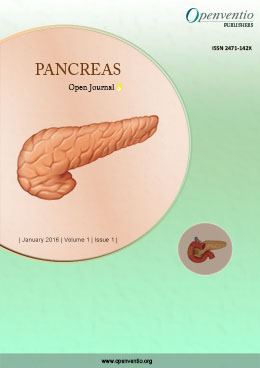
“The interest on cannabinoids became evident between the 1940 and 1950 decades. Although the active substance of the plant was not known, a series of compounds with cannabinomimetic activity were synthesized, which were investigated in animals and clinically. The most widely tested was Δ6a, 10a-THC hexyl. Δ6a, 10a-THC dimethylheptyl (DMHP) antiepileptic effects were studied in several children, with positive results being obtained in some cases. DMHP differs from sinhexyl in that its side chain is DMHP instead of n-hexyl. The first cannabinoid isolated from Cannabis sativa was cannabinol, although its structure was correctly characterized several years later. Cannabidiol was isolated some years later and was subsequently characterized by Mechoulam and Shvo. In 2013, the National Academy of Medicine and the Faculty of Medicine of the National Autonomous University of Mexico, through the Seminar of Studies on Entirety, decided to carry out a systematic review on a subject that is both complex and controversial: the relationship between marijuana and health. In recent years, studies have been conducted with cannabis in several diseases: controlled clinical trials on spasticity in multiple sclerosis and spinal cord injury, chronic, essentially neuropathic, pain, movement disorders (Gilles de Latourette, dystonia, levodopa dyskinesia), asthma and glaucoma, as well as non-controlled clinical trials on Alzheimer’s disease, neuroprotection, intractable hiccups, epilepsy, alcohol and opioid dependence and inflammatory processes.”







 “Mammalian ω3- and ω6-PUFAs are synthesized from essential fatty acids (EFAs) or supplied by the diet. PUFAs are constitutive elements of membrane-architecture and precursors of lipid signaling molecules. EFAs and long chain PUFAs are precursors in the synthesis of endocannabinoid-ligands of the Gi/o-protein coupled cannabinoid receptors 1 and 2 in the endocannabinoid-system, which critically regulates energy homeostasis, as metabolic signaling system in hypothalamic neuronal circuits, and behavioral parameters. We utilized the auxotrophic fatty acid desaturase 2 deficient (fads2-/-) mouse, deficient in long chain PUFA-synthesis, to follow the age dependent dynamics of the PUFA pattern in the CNS-phospholipidome in unbiased dietary studies of three cohorts on sustained long chain PUFA-free, ω6-arachidonic and ω3-docosahexaenoic acid supplemented diets and their impact on the precursor pool of CB1 ligands. We discovered the transformation of eicosa-all cis-5,11,14-trienoic acid, uncommon in mammalian lipidomes, into two novel endocannabinoids, 20:35,11,14-ethanolamide and 2-20:35,11,14-glycerol, acting as ligands of CB1 in HEK293-cells. Labeling experiments excluded a Δ8-desaturase activity and proved the position-specificity of FADS2. The fads2 -/- mutant might serve as an unbiased model in vivo in the development of novel CB1-agonists and antagonists.”
“Mammalian ω3- and ω6-PUFAs are synthesized from essential fatty acids (EFAs) or supplied by the diet. PUFAs are constitutive elements of membrane-architecture and precursors of lipid signaling molecules. EFAs and long chain PUFAs are precursors in the synthesis of endocannabinoid-ligands of the Gi/o-protein coupled cannabinoid receptors 1 and 2 in the endocannabinoid-system, which critically regulates energy homeostasis, as metabolic signaling system in hypothalamic neuronal circuits, and behavioral parameters. We utilized the auxotrophic fatty acid desaturase 2 deficient (fads2-/-) mouse, deficient in long chain PUFA-synthesis, to follow the age dependent dynamics of the PUFA pattern in the CNS-phospholipidome in unbiased dietary studies of three cohorts on sustained long chain PUFA-free, ω6-arachidonic and ω3-docosahexaenoic acid supplemented diets and their impact on the precursor pool of CB1 ligands. We discovered the transformation of eicosa-all cis-5,11,14-trienoic acid, uncommon in mammalian lipidomes, into two novel endocannabinoids, 20:35,11,14-ethanolamide and 2-20:35,11,14-glycerol, acting as ligands of CB1 in HEK293-cells. Labeling experiments excluded a Δ8-desaturase activity and proved the position-specificity of FADS2. The fads2 -/- mutant might serve as an unbiased model in vivo in the development of novel CB1-agonists and antagonists.”
